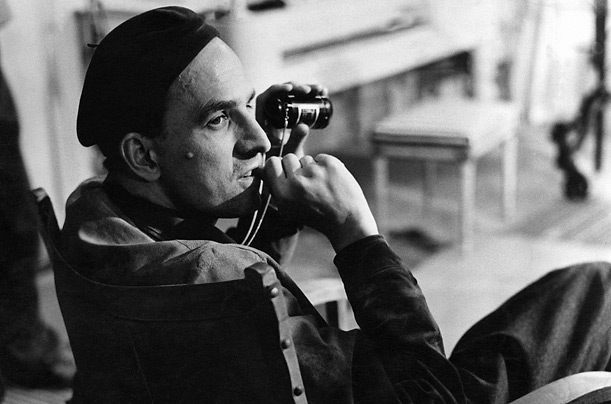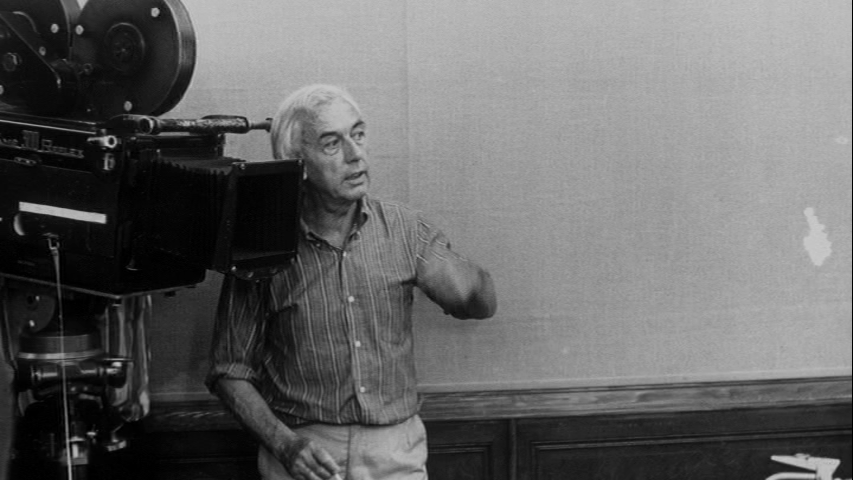A straight and simple definition of the auteur in filmmaking is a great artist whose movies splits the viewer’s life in movies into two, before and after watching the movie. In the 50s and 60s, the name Ingmar Bergman was a synonym for the word auteur. The Swedish filmmaking legend reined European Art Cinema with his highly personal, existential and psychological takes on human lives. The painful black and white elegies like The Seventh Seal, Wild Strawberries, Persona and The Virgin Spring discusses the nature of god, death, love, and faith in depth.
Beginning his career in the theater, Bergman slowly switched to screenwriting and then moved on to making his own movies. Born and brought up in a religious family, Bergman was always haunted by the recurring themes like man’s faith and God’s silence. His contemplation on this conflict led him to the Silence of God trilogy that includes Through a Glass Darkly, Winter Light, and The Silence. Existential quest was another deep-rooted theme in Bergman’s filmography and he turned up with one of the gems of European Art Cinema, Cries and Whispers. All his movies were marked with a melancholic rhythm of visual flow, which is achieved by his peculiar editing techniques.
Raging Bull & Clichés, Editor Thelma Schoonmaker Cuts It Sharp
In this found footage, Bergman is seen in an editing session with his editor, and later answering some of the intriguing questions about the basic principles of his editorial approach. The video begins when Bergman asks his editor to mark a cut point in the middle of a movement of a character. He explains the reason behind this as he wants an uninterrupted flow of visuals. While cutting a visual in between a movement, the viewers often don’t recognize the change and their eyes follow the shot from a long one to a close up smoothly.
Bergman points out the advantage of avoiding a feeling of the movie jumps from one visual to another in this approach. He takes advantages of the viewers’ eyes, which closely follow the character movement to such an extent that, they ignores the change in the shot. He underlines the fact that a good movie is all about rhythm.
When asked about his editing pattern, Bergman fondly calls it “A neurotic fine tuning.” He divides his process into three stages. Gathering huge mass of footage and setting them in order is the first stage. Secondly, they search for the dead pieces in the rough cut footage of movie to cut away from them without any mercy and the movie gets a rhythm. In the third stage, which Bergman calls the toughest, they start all over again and analyze each dead piece they come across and experiment with shot angles and the order of the scenes. Bergman says this is the crucial stage that gives life and breath to the movie.
A Dream Never Shouts, But Whispers: Steven Spielberg’s Talisman For Young Filmmakers
Bergman was always hailed for the immaculate rhythm of his movies and the video shows us the master in action at the editing table. In the epic sequence of his 1966 masterpiece, Persona, Bergman created an eclipse effect of the close-ups of actors Liv Ullmann and Bibi Anderson to imply mutual reliance and antipathy led the two ladies to conflate their selves. That’s why the auteur lives on in the minds of film lovers even after his death on July 2007.
Written By: Ragesh Dipu




